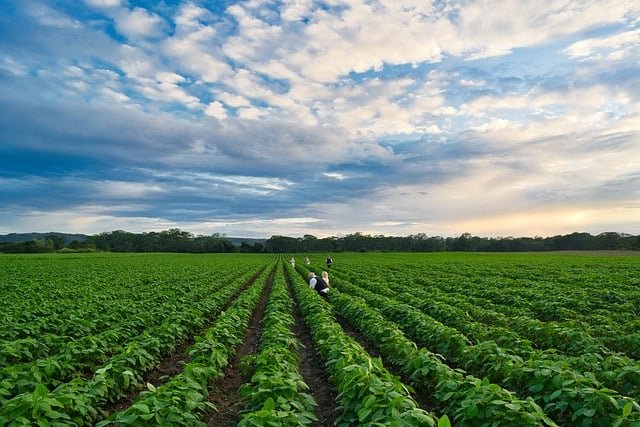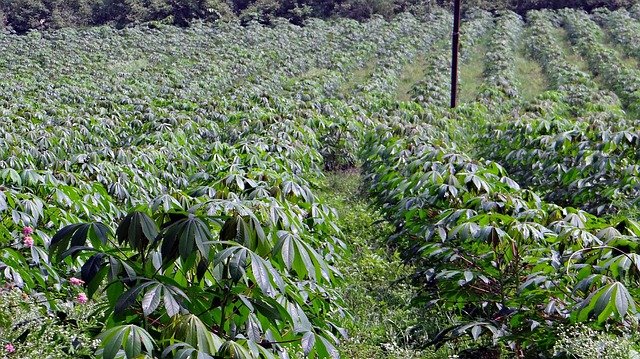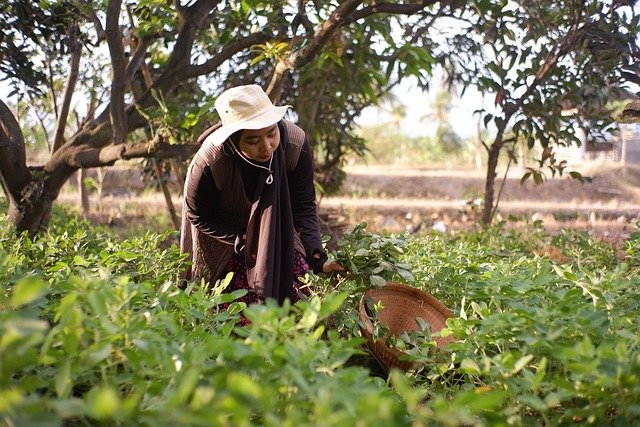Farmer's Guide to Crop Costs and Profits
Farmer's Guide to Crop Costs and Profits is very essential for farmers, especially when making decisions concerning certain farming operations. This farmer's guide plays an important role in improving financial management and productivity, enhancing sustainability and profitability.
Crops mostly grown in my region (Nigeria) include:
- Cassava
- Yam
- Rice
- Millet
- Groundnut
- Cowpea
- Guinea corn
- Maize
Nigeria is widely known as the world's largest producer of crops like cassava and yam. The northern part of Nigeria is considered to be more suitable for crops like groundnut, millet, and guinea corn, while the southern part is suitable for cultivating yam and maize.
For a crop like cassava, its average yield and market price depend on the farming practices, and market conditions of that region.
| Average Yield |
|---|
Depending on the area and considering the farming practices, the average yield of cassava can range from 9 to 14 tons per hectare, or 10 to 25 tons per hectare in most cases.
| Market Price |
|---|
The price also depends on the area. The average price of cassava is considered to be 7,000 Naira (Nigerian currency) per tonne, but considering the location, season, and demand, the price can range from 6,000 Naira to 10,000 Naira per tonne, mostly during certain times of the year. In the northern regions and urban areas, prices are usually higher than in rural areas, considering the high demand and transportation costs. In the southern regions, prices are often lower generally.
The cost of cultivating cassava depends on the farming practices and market conditions of the region in particular.
Considering my region, I will provide a rough estimation of the total cost of cultivating cassava.
| Expenses | Cost (in Nigerian currency) |
|---|---|
| 1. Farmland preparation | 20,000 Naira – 45,000 Naira |
| 2. Provision of cassava stems | 5,000 Naira – 20,000 Naira |
| 3. Provision of fertilizers | 10,000 Naira – 30,000 Naira |
| 4. Provision of pesticides | 5,000 Naira – 15,000 Naira |
| 5. Labour (including machinery) | 40,000 Naira – 100,000 Naira |
| 6. Other expenses | 30,000 Naira – 50,000 Naira |
- The total cost can range from 110,000 Naira to 260,000 Naira per hectare for cultivating cassava.
| Total Profit |
|---|
The total profit will be determined by subtracting the revenue generated from the cultivation from the total cost. Supposing I gained a yield of 14 tons per hectare and considering an average market price of 7,000 Naira, the total revenue generated will be 98,000 Naira.
Therefore, the total profit will be 12,000 Naira to 162,000 Naira for cultivating cassava.
The estimated revenue above may be higher than that in most cases, considering sales of agricultural by-products and other products in the process.
My opinion, based on what I prefer, will be best for new farmers.
They should be provided with training programs to enlighten them on various farming practices. They should be offered support from experienced farmers to guide them through the practices.
The government should create access to affordable farming equipment and make provisions for high-quality seeds suitable for the soil types and climate conditions.
They should also be supported financially in terms of providing low-interest loans to enable them to expand their farms and address other activities on the farm.
They should be given access to market analysis to gain an understanding of the dynamics of demand and supply.
Enlightenment should be made on the importance of joining farmer cooperatives, where they can share ideas and resources. Local agricultural events should be organized to celebrate the achievements of new farmers and to promote their progress.
A farmer's Guide is essential for the day-to-day activities on the farm and for understanding the farming activities of various regions, to improve sustainability and profitability.
Note: I run a local farm in my region; the information provided here is just a rough estimation based on my farmland since I do not usually keep any detailed records of the activities on the farm.
I will invite;
@imohmitch
@us-adrew
@precious9
Cc,
@amjadsharif



https://x.com/Promisezella/status/1879259431218901318?t=TJ60N26t9B_ekKx_srJ_1A&s=19